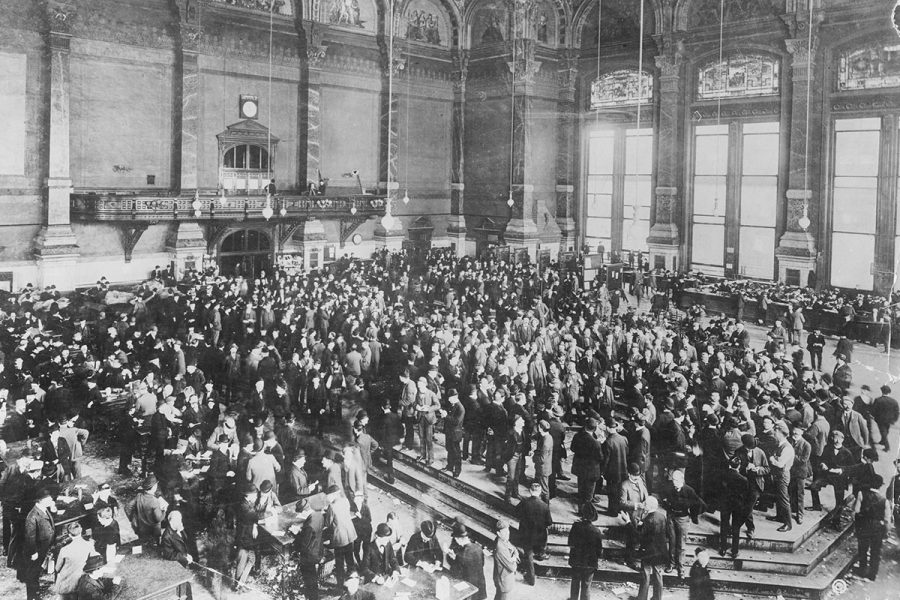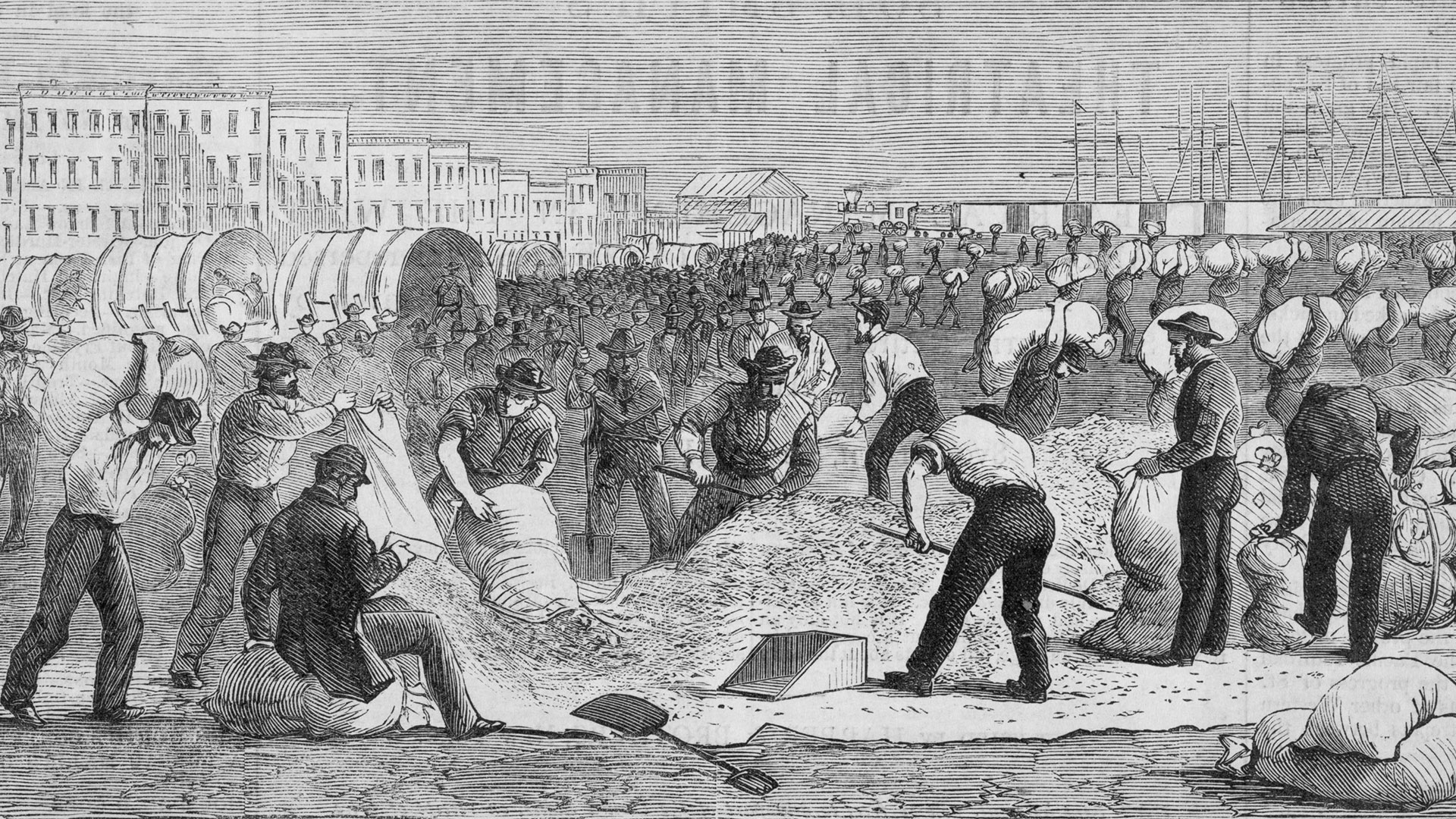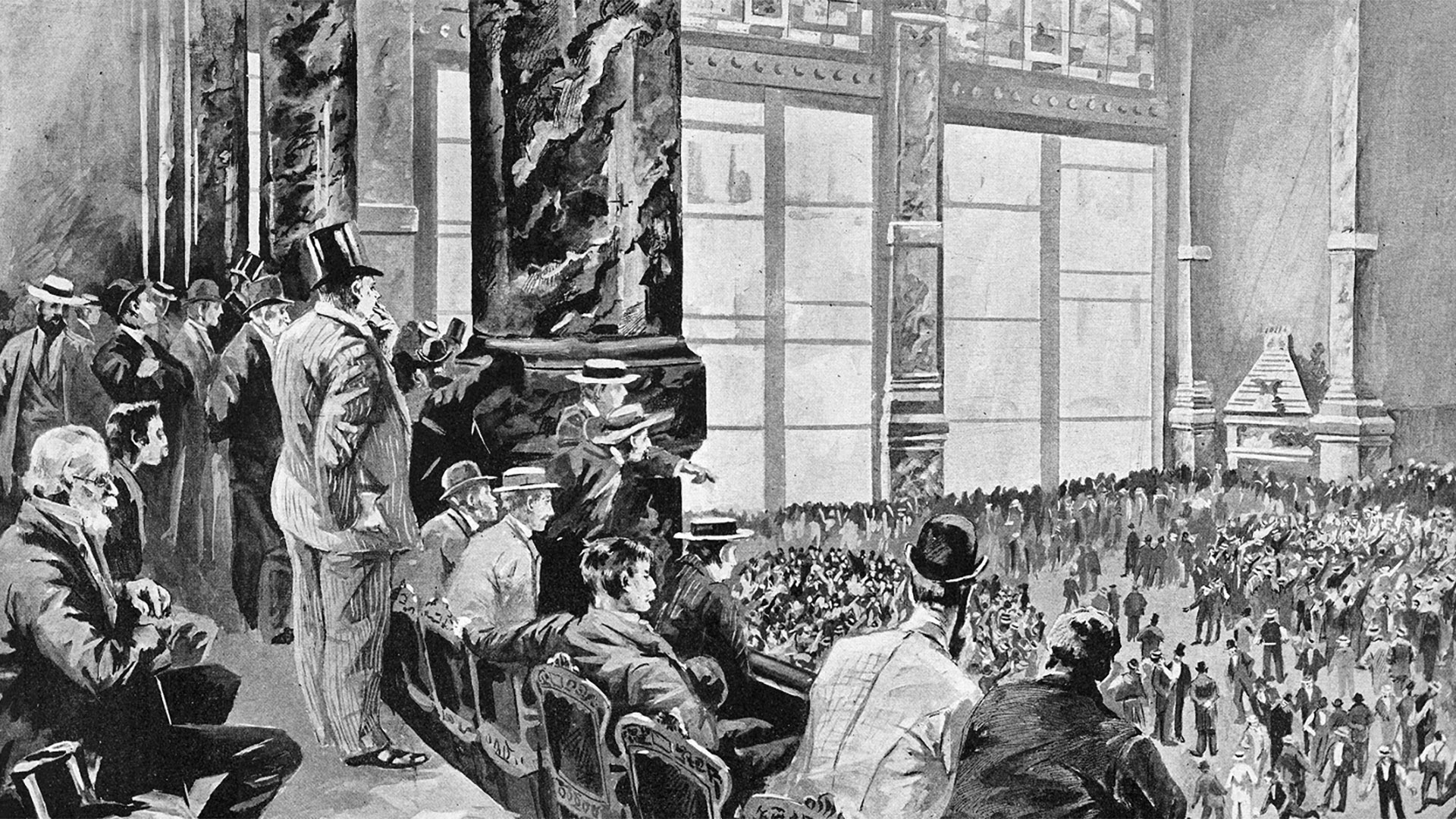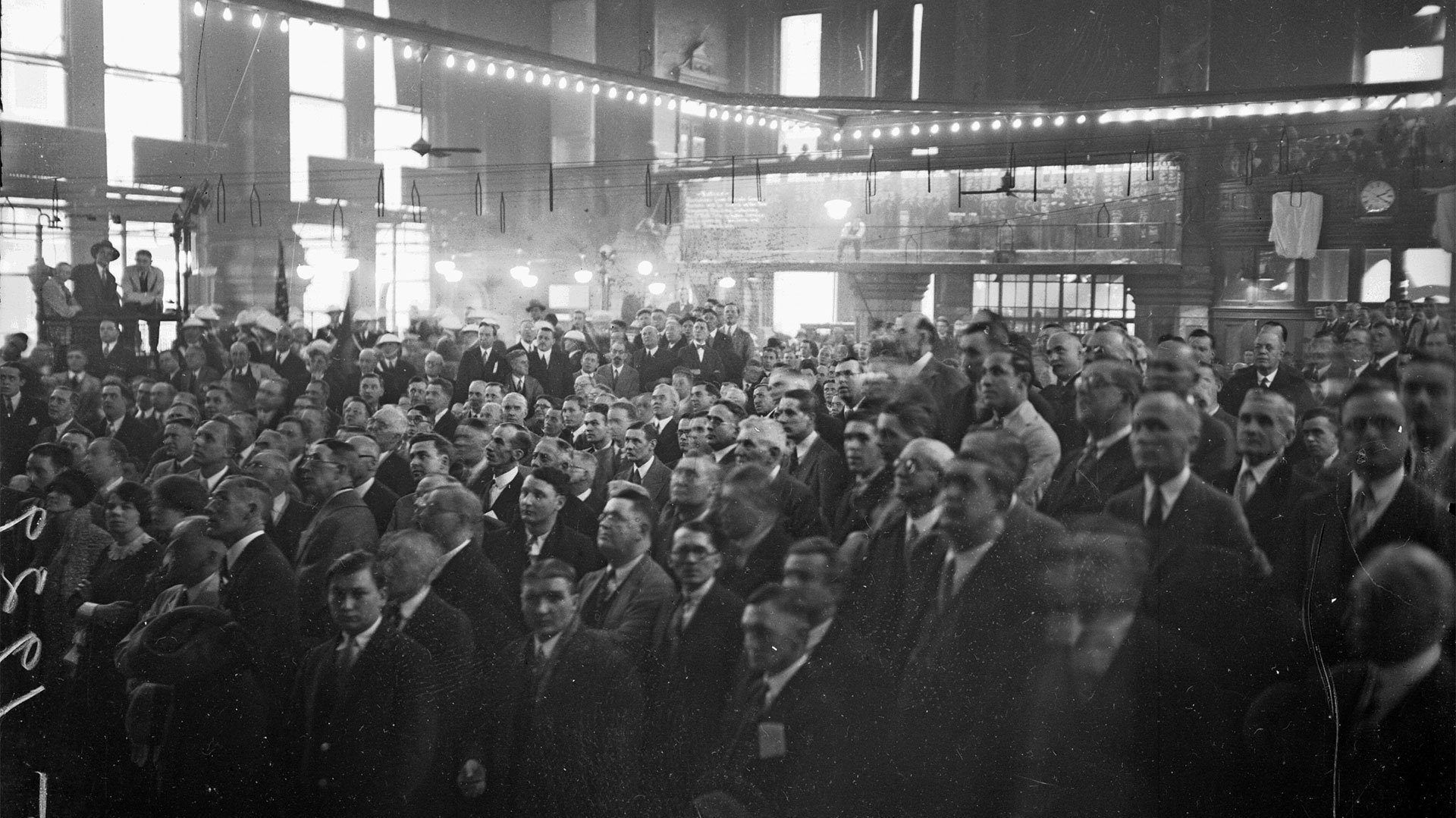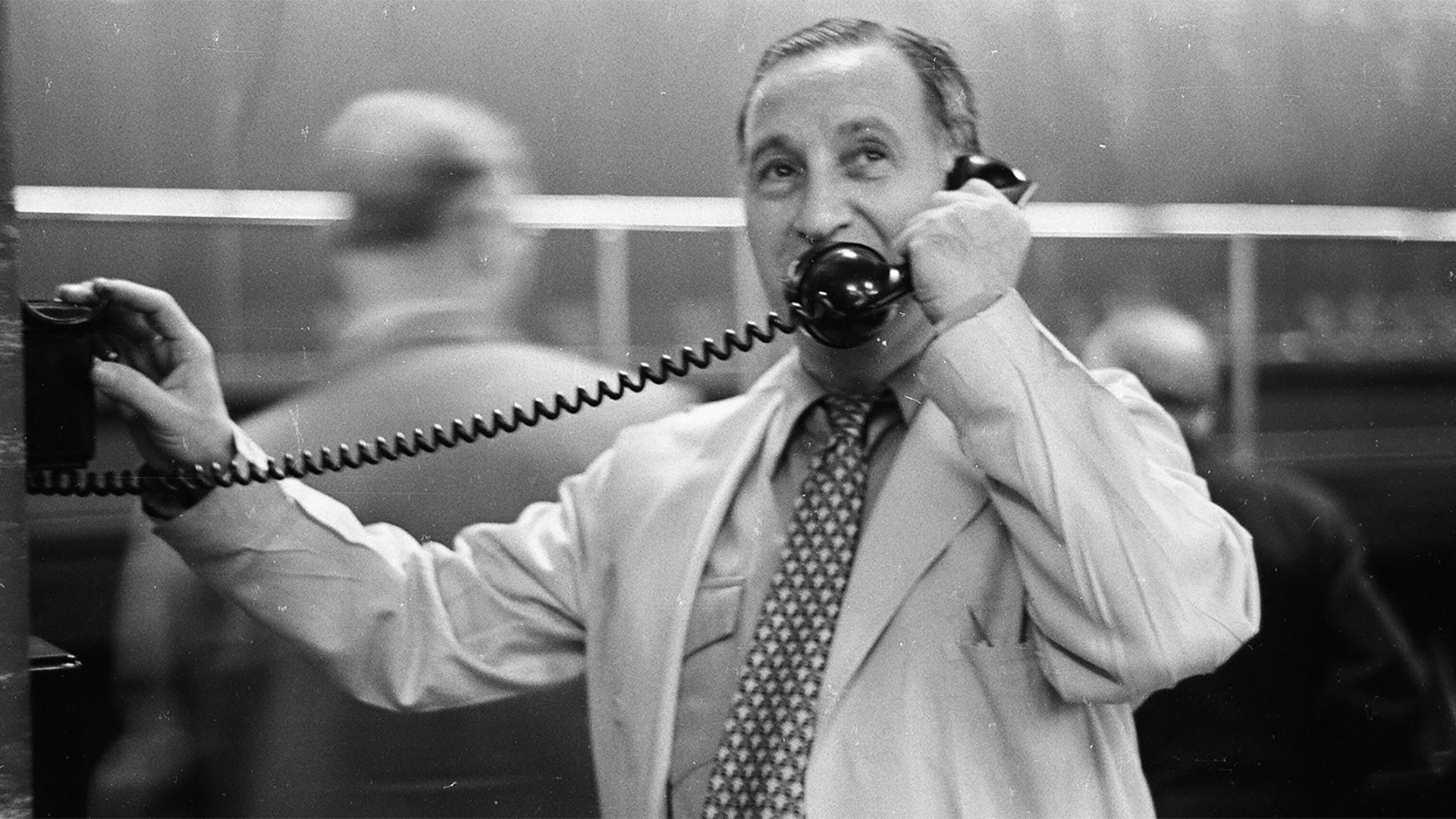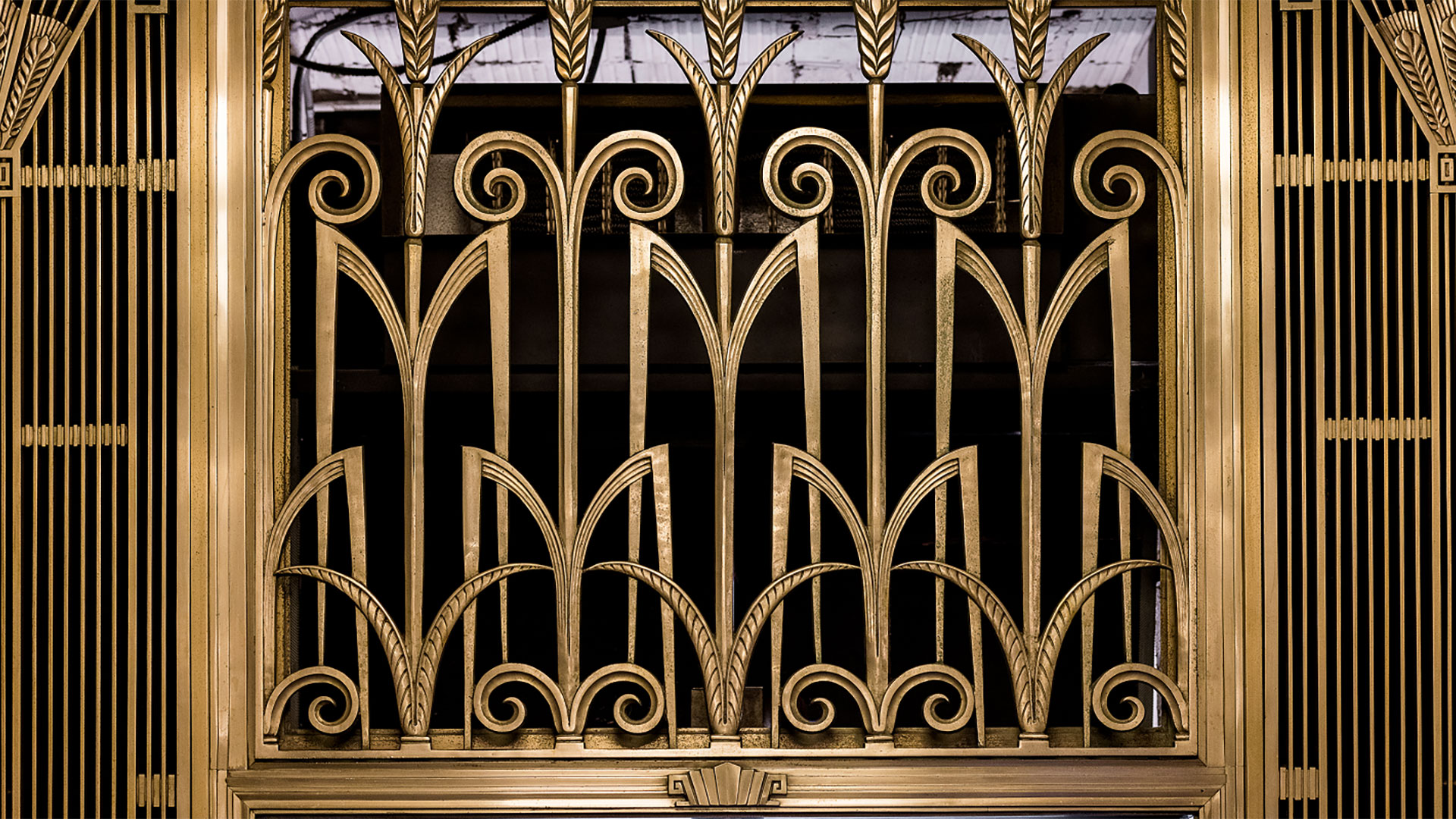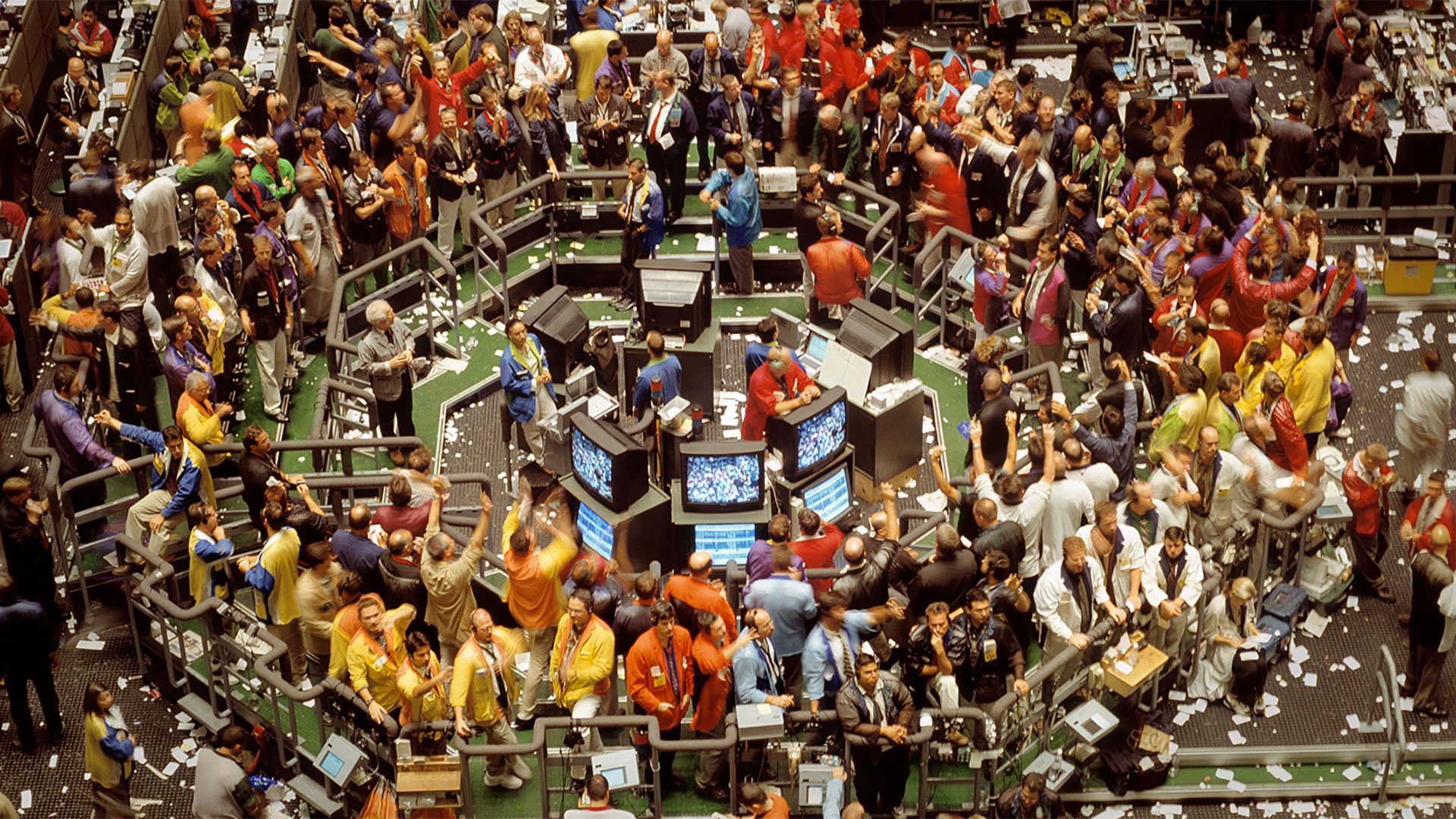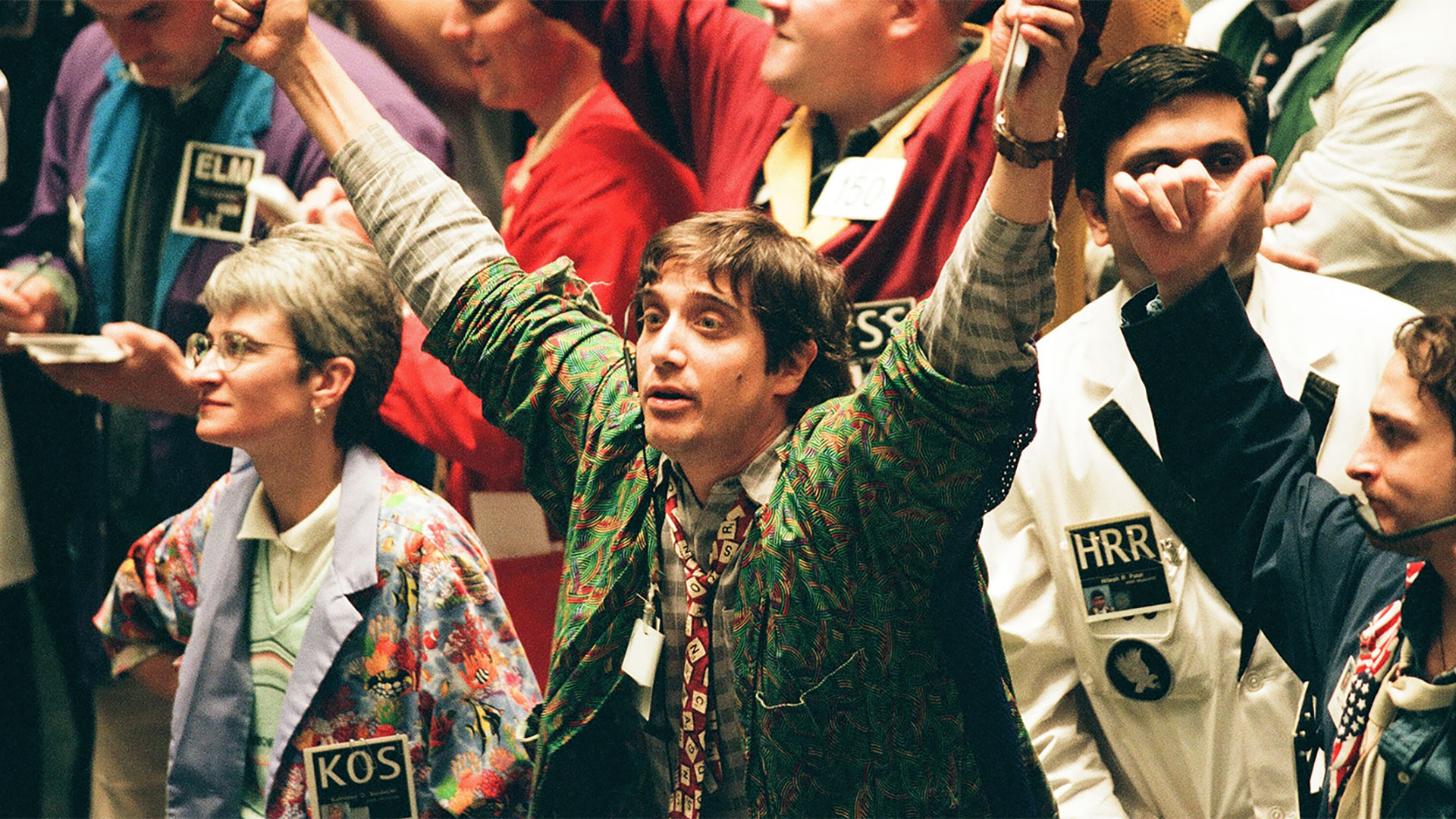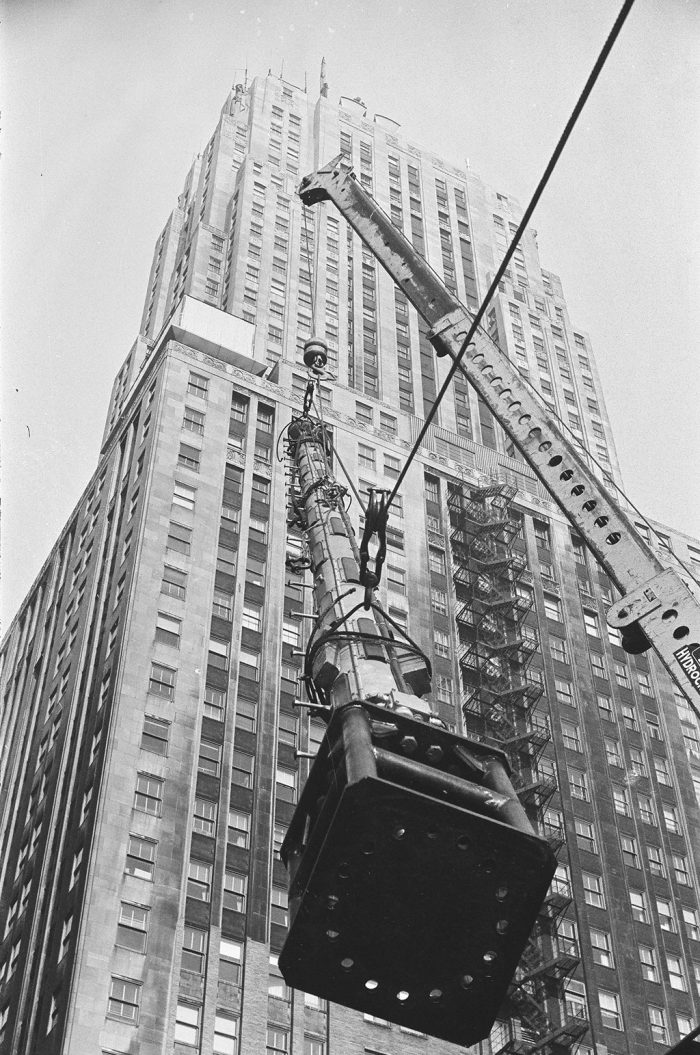
Visitors can immerse themselves in the history of the Chicago Board of Trade Building, explore the evolution of trading pits from open outcry to electronic trading, and view rare memorabilia showcasing key moments in the exchange’s history.
Located in downtown Chicago’s financial district, the Chicago Board of Trade Building Museum focuses on the building’s rich history, the evolution of its trading pits, the display of trading memorabilia, and is a celebration of the traders who worked to make this city what it is today.
Plan your Visit